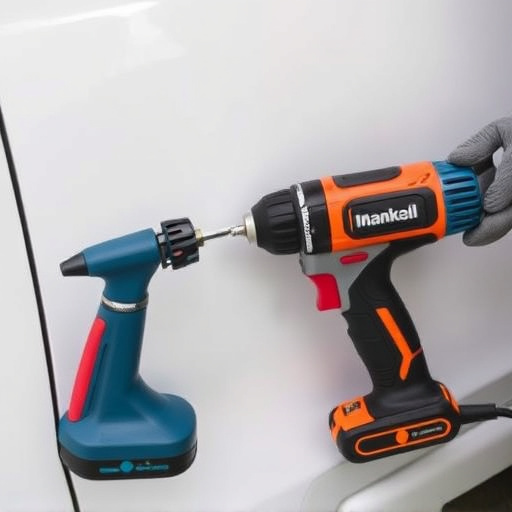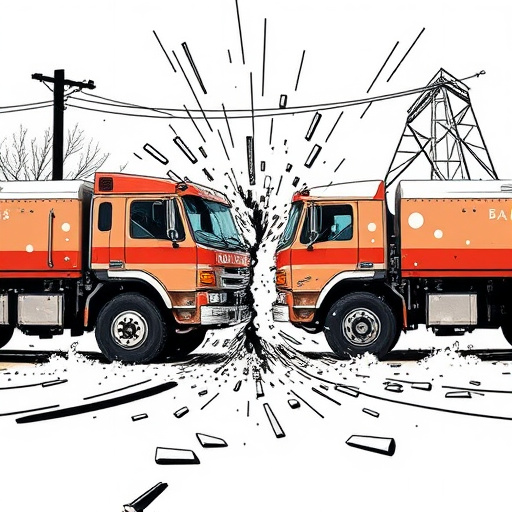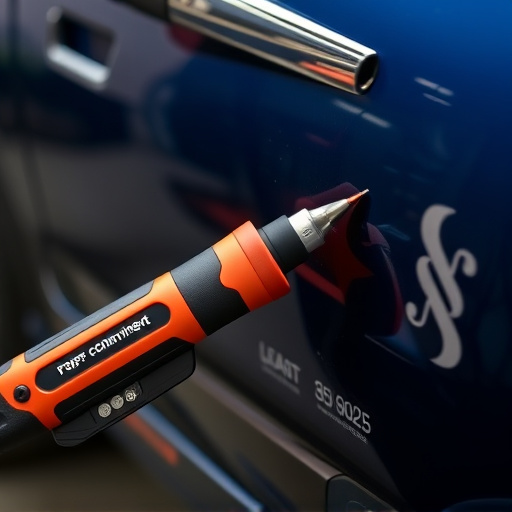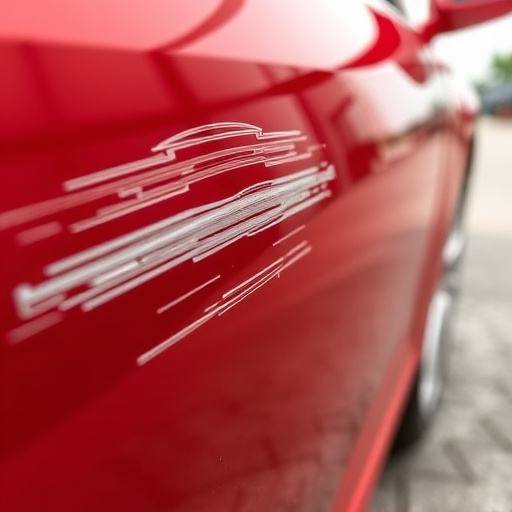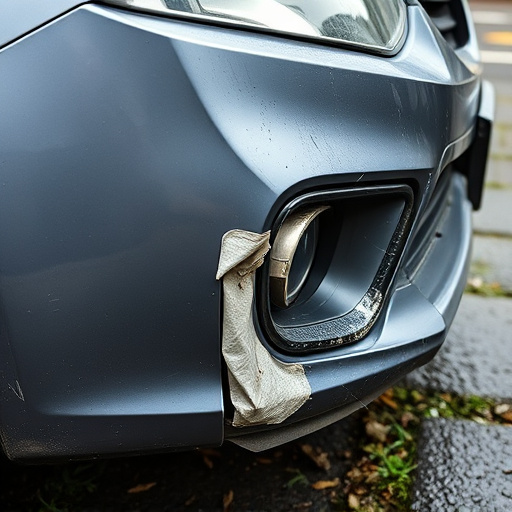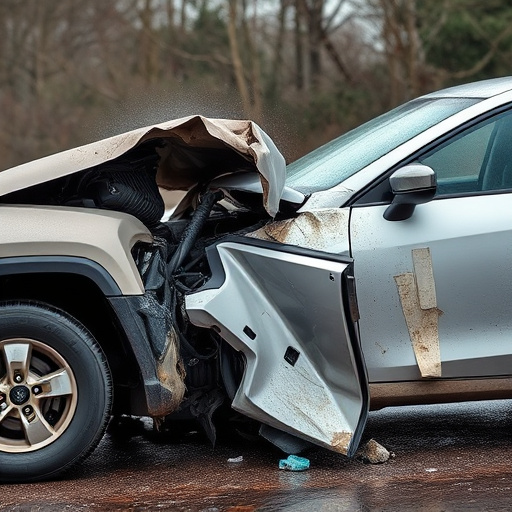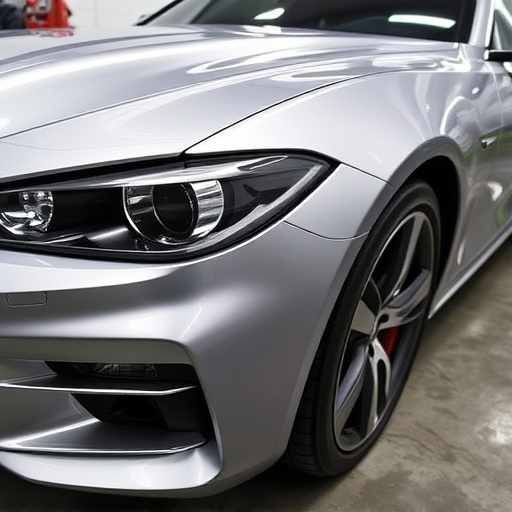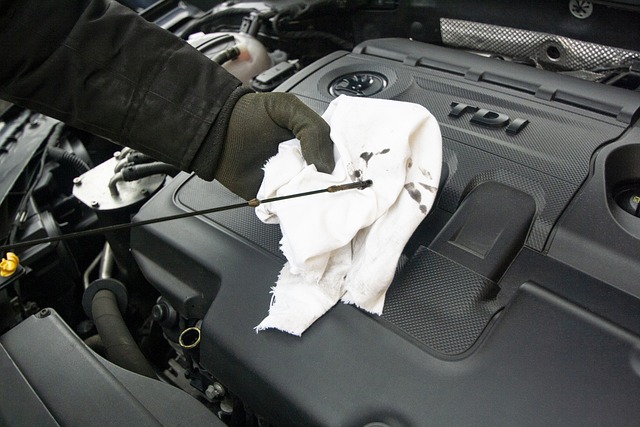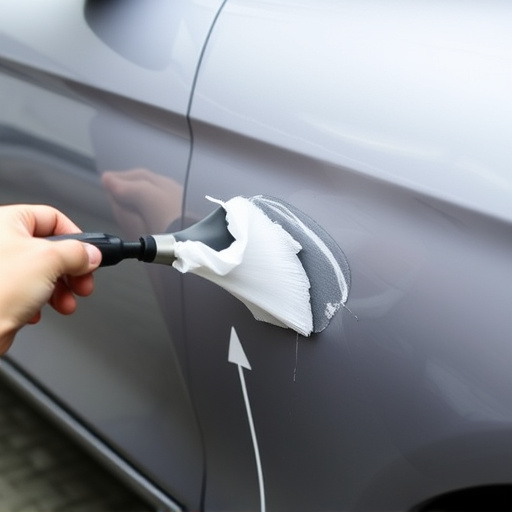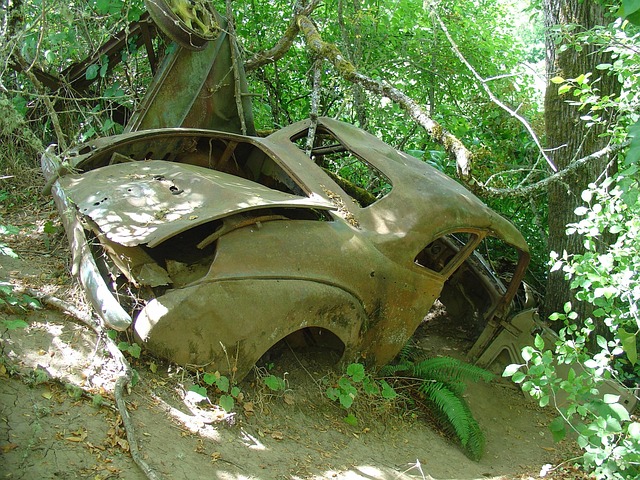Metallic paint repair is crucial for maintaining vehicle aesthetics and value, as this unique paint is susceptible to damage from UV rays, weather, and everyday wear, leading to loss of integrity and appeal. Skilled technicians match original sheens accurately, offering durable solutions that resist wear with proper auto detailing routines. The meticulous process involves cleaning, applying thin coats of high-quality metallic paint, sanding between coats, and thorough inspection for consistent results that enhance vehicle appearance and value.
Metallic paint, with its lustrous allure, enhances vehicles and structures alike. However, over time, exposure to elements can lead to chipping, peeling, or fading, necessitating metallic paint repair. This article explores the benefits of restoring metallic finishes, focusing on when and why repair is crucial. We delve into best practices for achieving optimal results, from preparation techniques to suitable products, ensuring your metallic surfaces regain their original brilliance. Discover the advantages of professional metallic paint repair and learn how it can transform your property’s aesthetic appeal.
- Understanding Metallic Paint: When and Why Repair is Necessary
- The Advantages of Metallic Paint Repair
- Best Practices for Achieving Optimal Results in Metallic Paint Restoration
Understanding Metallic Paint: When and Why Repair is Necessary
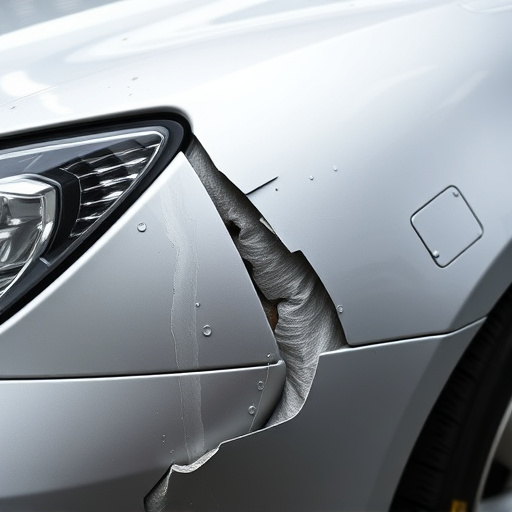
Metallic paint is a specialized finish that offers vehicles a sleek, glossy, and reflective appearance. This type of paint contains small metal flakes or pigments that scatter light, creating a distinctive metallic sheen. While it enhances the aesthetic appeal, metallic paint can be more susceptible to damage than conventional paints due to its unique composition. Over time, exposure to UV rays, harsh weather conditions, and everyday wear and tear can cause fading, chipping, or peeling of the metallic layer.
Understanding when and why repair is necessary for metallic paint is crucial. Minor dents, scratches, or swirls in the finish can affect not just the vehicle’s looks but also its protection. Metallic paint repair involves filling and smoothing out damaged areas to restore the original smooth surface and prevent further degradation. Unlike regular painting jobs, this process requires skilled technicians who can match the metallic sheen accurately. Regular auto body repair, including vehicle dent repair and auto frame repair, is essential for maintaining the overall integrity and value of vehicles with metallic paint finishes.
The Advantages of Metallic Paint Repair
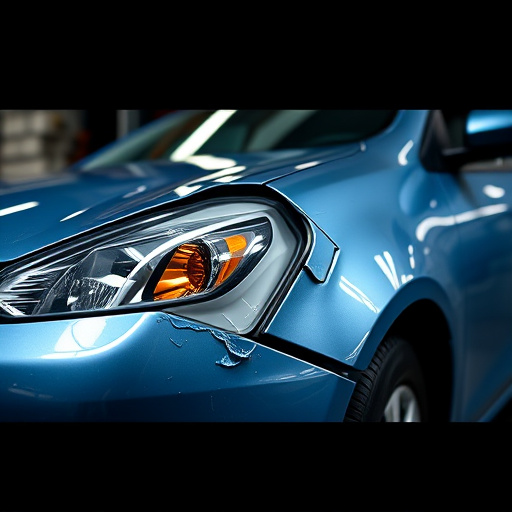
Metallic paint repair offers numerous advantages for those looking to restore their vehicle’s exterior. One of its key benefits is the ability to revive the look and feel of a car, especially those with complex or intricate metallic finishes. This process involves skilled technicians who can match the original paint perfectly, ensuring a seamless blend that enhances the overall aesthetic appeal of the vehicle.
Additionally, opting for metallic paint repair in an auto body shop or auto collision center provides durability and long-lasting results. The advanced techniques used in these facilities guarantee that the repaired area not only looks good but also withstands wear and tear over time. This is particularly advantageous for drivers who want to maintain their vehicle’s value and appearance, especially if they invest in regular auto detailing routines.
Best Practices for Achieving Optimal Results in Metallic Paint Restoration

Achieving optimal results in metallic paint restoration requires a meticulous approach. First, prepare the vehicle’s surface properly by thoroughly cleaning and degreasing to eliminate any contaminants that could hinder adhesion. This step is crucial for ensuring a long-lasting repair. Next, use high-quality metallic paint designed specifically for vehicle bodywork, matching the original finish as closely as possible. Applying thin, even coats will help achieve a seamless blend with the existing paintwork.
For best results in metallic paint repair, consider the following practices: sand between coats to smooth out any imperfections, using fine-grit sandpaper; ensure adequate ventilation during application to avoid respiratory issues; and allow sufficient drying time between applications. Finally, inspect the restored area thoroughly after completion, checking for any signs of overspray or texture inconsistency. With these best practices in mind, you can expect metallic paint repairs to enhance your vehicle’s appearance, matching its original condition or even surpassing it.
Metallic paint repair stands out as a transformative solution for restoring damaged vehicles or objects, enhancing their aesthetic appeal and durability. By understanding the unique properties of metallic paint and implementing best practices, professionals can achieve outstanding results. The advantages are clear: improved appearance, increased longevity, and a cost-effective option compared to complete repainting. With the right techniques, metallic paint repair is not just a fix but a way to revive and revitalise surfaces, ensuring they look as good as new.
